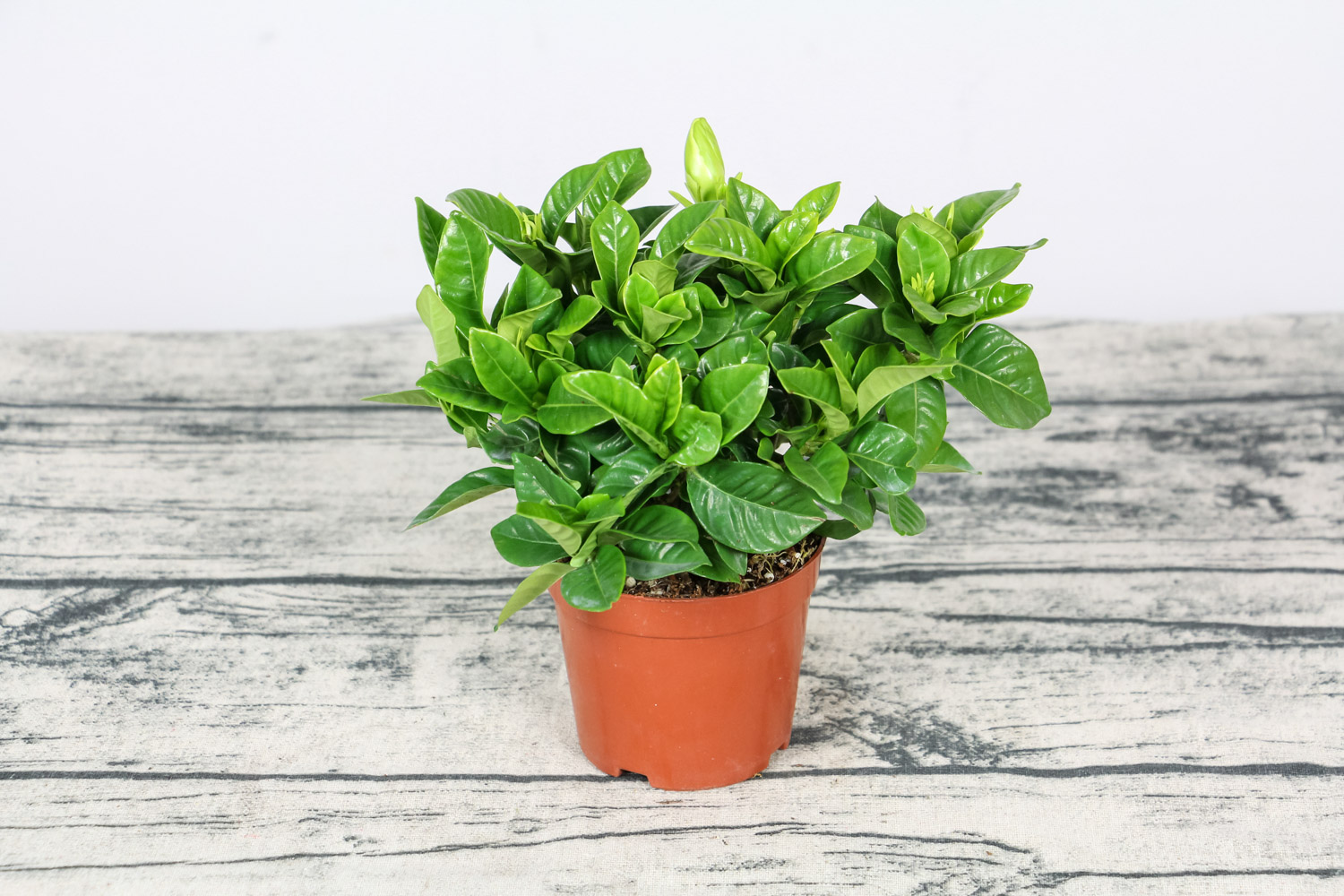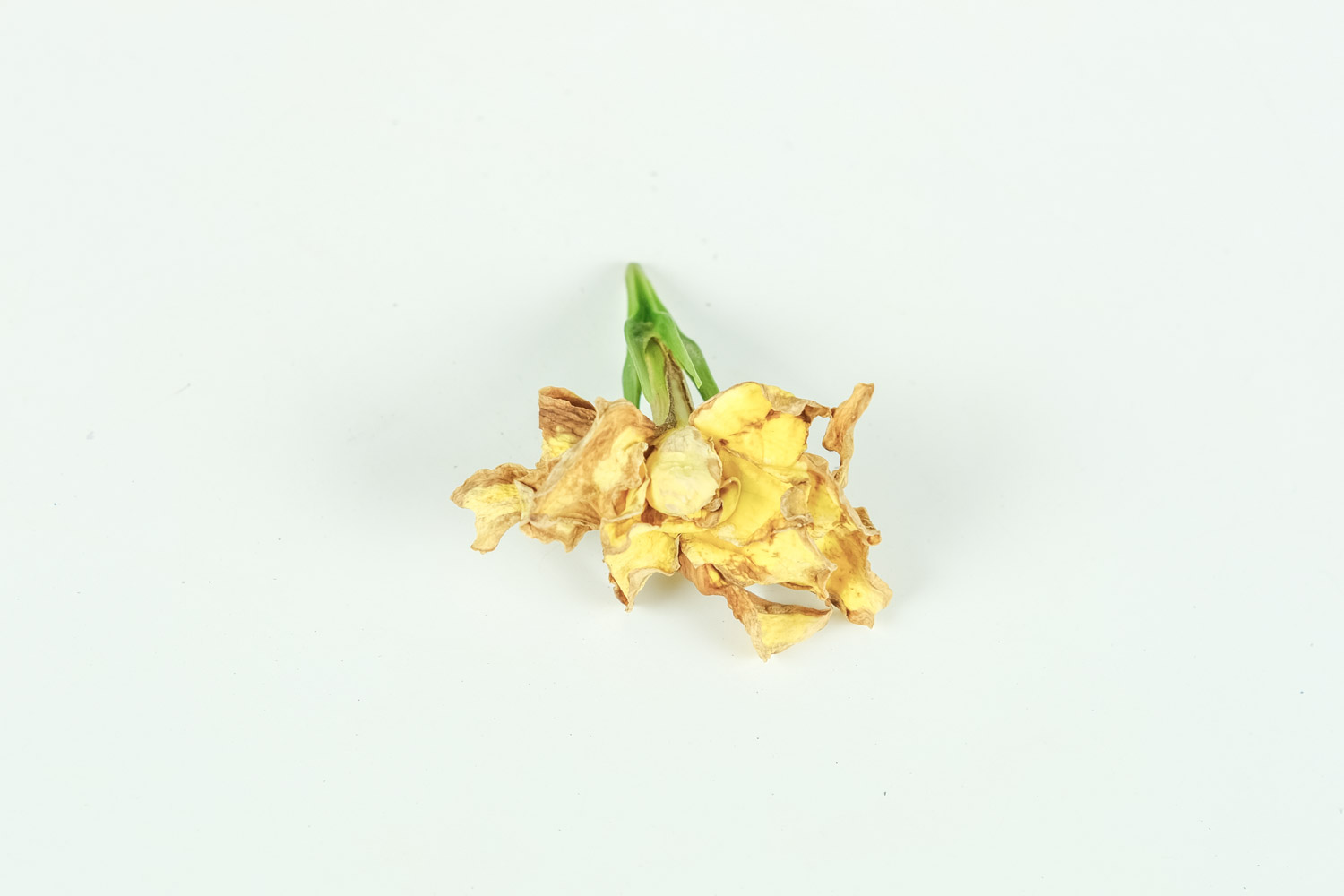1、 Family and genus
Gardenia is a plant belonging to Rubiaceae and gardenia. It is an ornamental plant in the courtyard. There are many varieties, originating from China, mainly distributed in the south of China. Many cities regard it as the city flower

2、 Form
Gardenia is a shrub plant with a height of about 0.3-3 meters. Its branches are cylindrical in shape and gray in color. The leaves are distributed oppositely. The texture is leathery and sometimes paper. The leaves have many shapes and shapes, with a length of about 3-25cm. The color of flowers is mostly white, sometimes a little milky yellow, with fragrant smell, and the filaments inside are relatively short. As a result, the shape of the fruit is oval or nearly spherical, and the color is yellow or orange red
3、 Habits
Although gardenia is more shade tolerant, it prefers sunshine. In the growth environment with sufficient light, it will grow more vigorously and bloom more. Gardenia likes a warm growth environment. It is slightly cold resistant in winter, but cold proof measures should be taken. It is suitable for growing in fertile and well drained acid soil, and poor in viscous and hard soil

4、 Reproduction
The propagation of Gardenia jasminoides is mainly based on cutting and layering, and can also be sown
5、 Flower language
Gardenia has many flower words, such as joy, waiting for a lifetime, strength, eternal love and so on


 jackfruit
jackfruit snake plant
snake plant hibiscus
hibiscus hydrangea
hydrangea lavender
lavender Green roses climb al...
Green roses climb al... If you don't pay att...
If you don't pay att... Management of four g...
Management of four g...

































